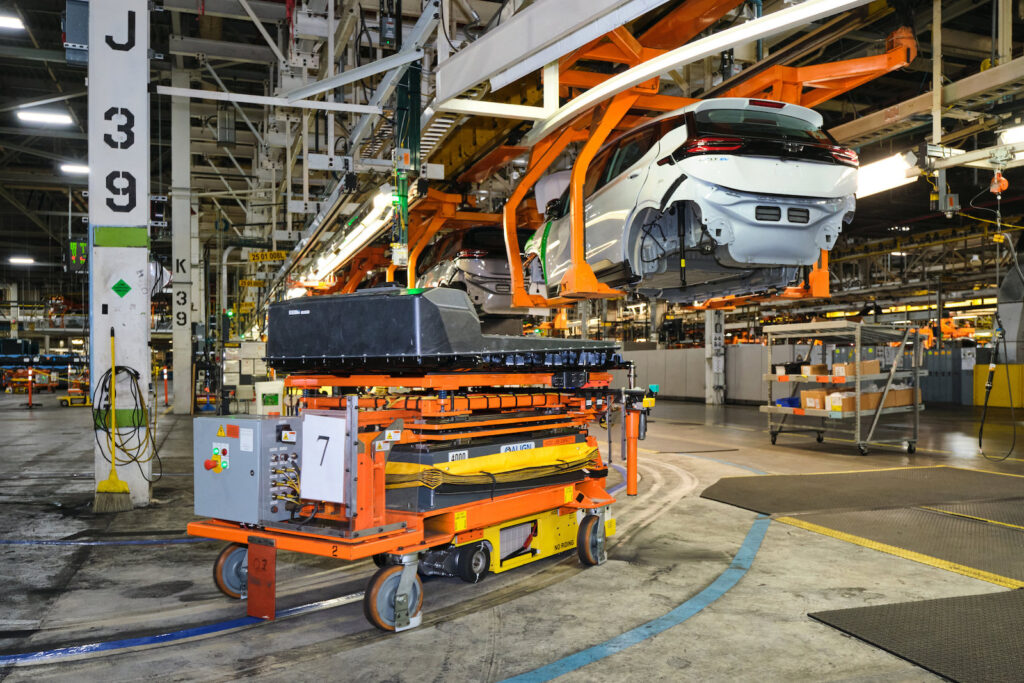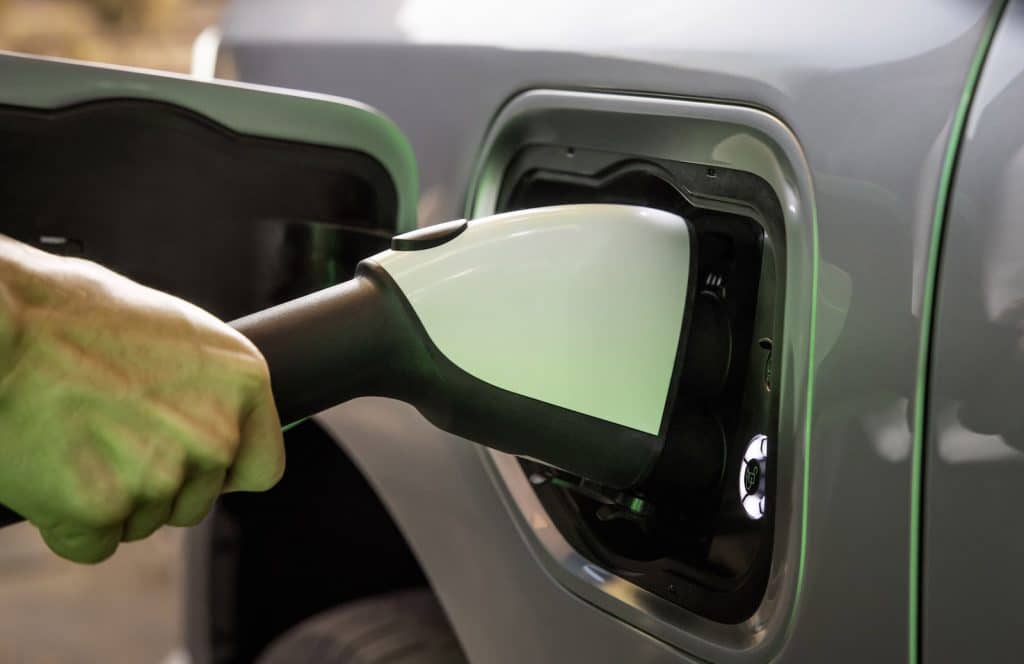With demand for semiconductors soaring, SK Siltron, a South Korean semiconductor wafer maker, plans to build a $300 million manufacturing plant in the heart of U.S. auto industry, a little more than 110 miles north of Detroit.

The new facility in Monitor Township, which is just outside Bay City, Michigan, will support electric vehicle growth, creating up to 150 jobs. The company is investing $302 million to build the new operation. It is the company’s second facility in the state.
The project also builds on Michigan’s position in semiconductor supply chain, electric vehicle development by producing more of the chips the auto industry in Michigan, according to the Michigan Economic Development Corp.
Automakers across the globe have been scrambling for supplies of semiconductors, which have been in short supply. The shortages have curtailed production for the past several months, prompting President Joe Biden to call for the expansion of semiconductor manufacturing capacity in the United States.
Electric vehicle development spurring development

“The growth of electric vehicles is opening an exciting new chapter for the auto industry as it provides consumers with more environmentally friendly transportation options,” said Jianwei Dong, chief executive officer for SK Siltron CSS.
Last month, the Michigan Strategic Fund announced support for Ford’s new battery center, dubbed Ion Park, providing further evidence that Michigan continues to emerge as an electric vehicle R&D and manufacturing leader, the MEDC said.
Ford will invest $185 million in its new global battery center of excellence, which will be home to as many as 200 employees focused on the development and production of lithium-ion as well as solid-state batteries
“Ford already is delivering on our plan to lead the electric revolution with strong new vehicles including Mustang Mach-E, 2022 E-Transit available late 2021 and the 2022 F-150 Lightning available from spring next year,” said Anand Sankaran, Ford Ion Park director.

“The new lab will help Ford speed up the battery development process to deliver even more capable, affordable batteries and is part of Ford’s renewed commitment to making Michigan a centerpiece of its focus on EVs.”
Semiconductor industry faces challenges
“Every car that gets smarter needs more semiconductors,” said Kroeger, who added during the interview he expected the shortages well into 2022.
Electric cars need very powerful and efficient semiconductors in order to get more range out of each kilowatt hour of battery, he added. The typical gas-powered model can use as many as 100 microprocessors — or more — to operate everything from their powertrain controls to their infotainment and digital safety systems.
With BEVs, that number can run into the hundreds, many of those chips required to monitor the health of the cells that make up a battery pack.
UBS analyst Francois-Xavier Bouvignies told CNBC last week that cars with internal combustion engines typically use around $80 worth of semiconductors in the powertrain, but electric vehicles use around $550 worth.

